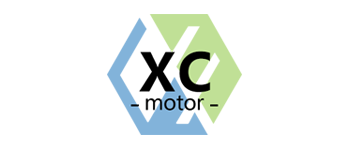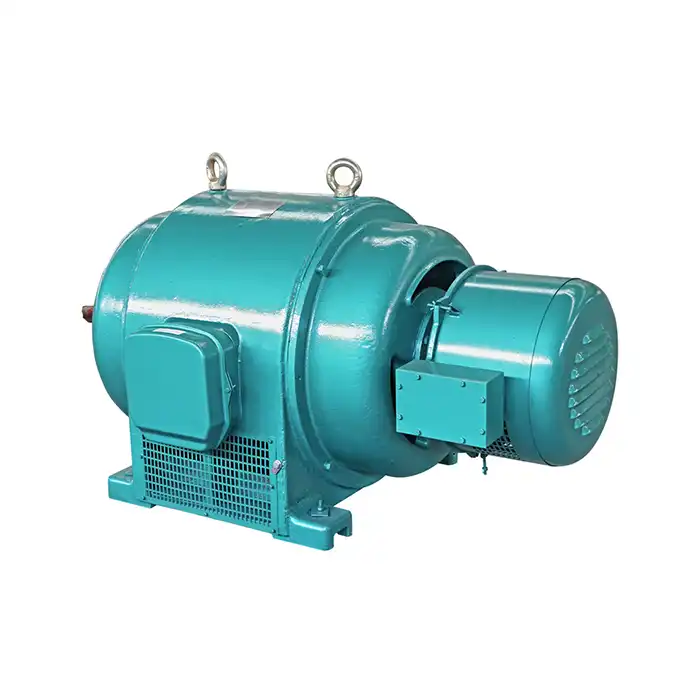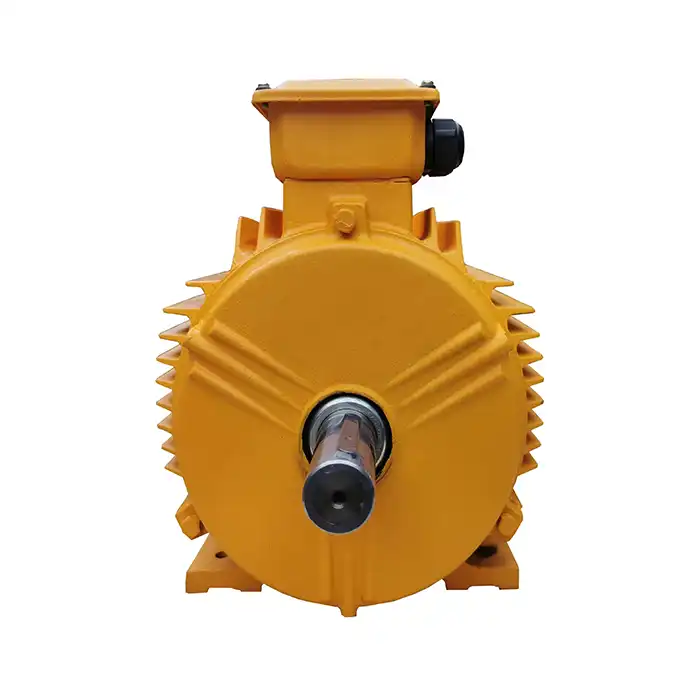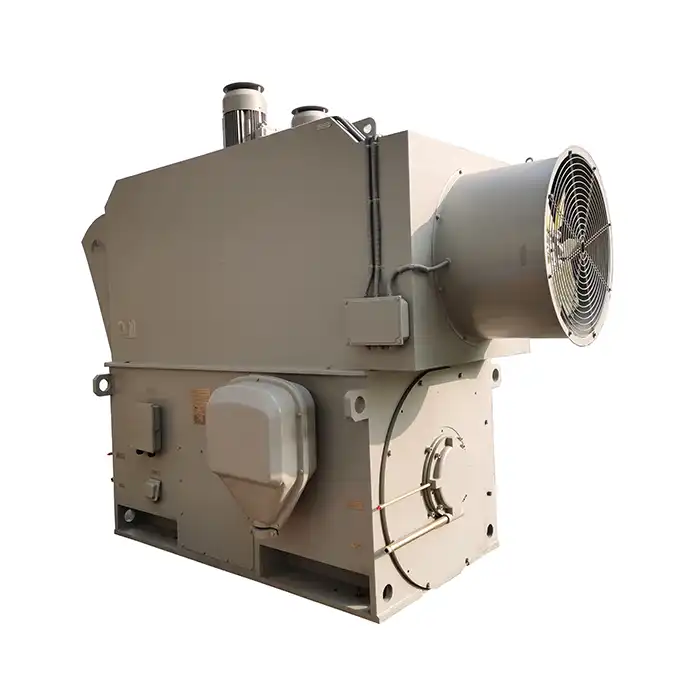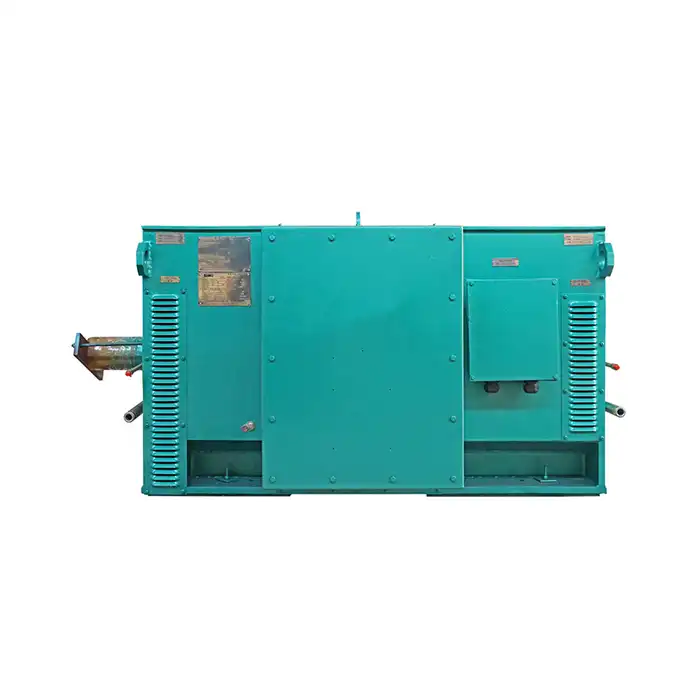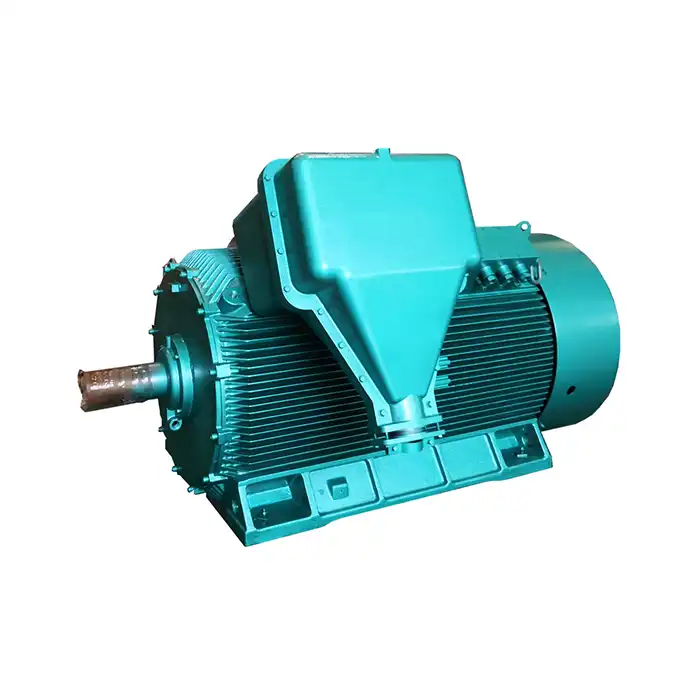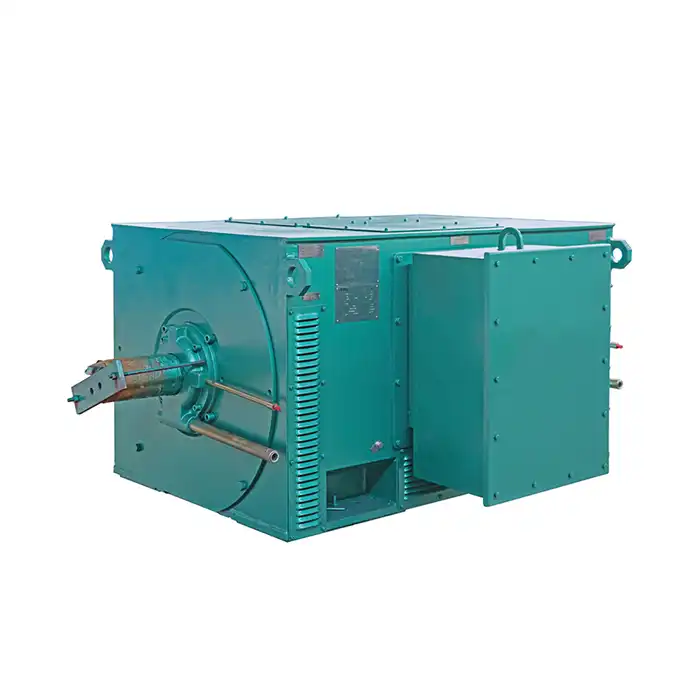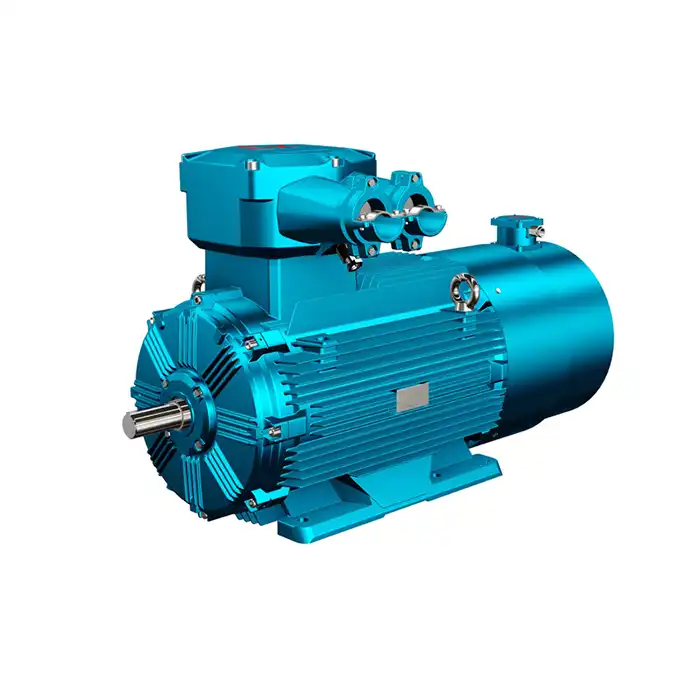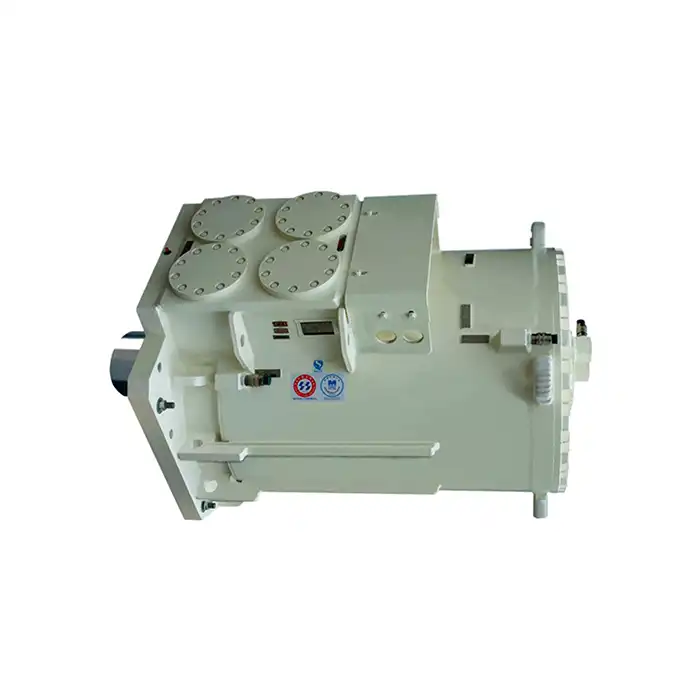What advancements are being made in inverter duty induction motor technology?
Because of their precise speed control and energy efficiency, inverter duty induction motors have grown in importance across a range of industries. These motors' performance, design, and integration capabilities are all seeing notable advancements as technology develops. The most recent developments in inverter duty induction motor technology will be discussed in this article, along with how they are influencing industrial applications going forward.
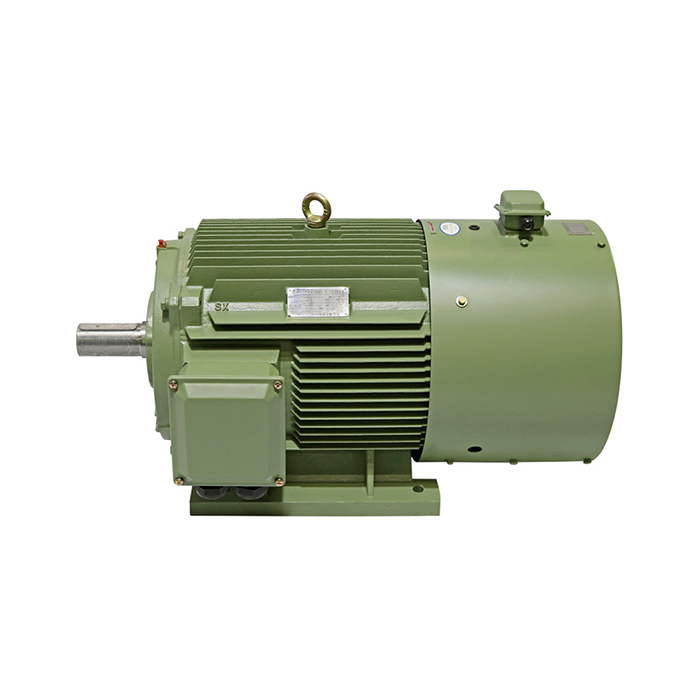
Series:YVFE3
Frequency conversion range:30hz~50hz,5hz~70hz,5hz~100hz
Power range:0.75-1000kW
Protection level:IP55
Application:are suitable for driving various mechanical equipment that require continuous and frequent forward and reverse rotation, such as steel rolling, lifting, transportation, machine tools, printing and dyeing, papermaking, chemicals, textiles, pharmaceuticals, etc., and can be used with various domestic and foreign variable frequency power supplies.
Advantage:high efficiency, wide speed range, high precision, stable operation, and easy operation and maintenance.
Certificate:installation dimensions comply with International Electrotechnical Commission (IEC) standards.
Others: SKF, NSK, FAG bearings can be replaced according to customer requirements.
IoT Integration: Smart Motors for Industry 4.0
The Internet of Things (IoT) has revolutionized many aspects of industrial operations, and inverter duty induction motors are no exception. By incorporating IoT capabilities, these motors are becoming smarter and more connected, offering enhanced monitoring and control options.
Real-time Performance Monitoring
IoT-enabled inverter duty induction motors now come equipped with sensors that can monitor various parameters in real-time. These include temperature, vibration, current, and voltage. This data is continuously collected and transmitted to centralized systems, allowing for immediate insights into motor performance.
Remote Control and Optimization
With IoT integration, operators can remotely control and adjust motor settings. This capability is particularly useful in large industrial facilities where motors may be spread across vast areas. Remote access allows for quick adjustments to speed, torque, and other parameters without the need for physical intervention.
Energy Consumption Tracking
IoT-enabled inverter duty induction motors can provide detailed energy consumption data. This information helps businesses identify inefficiencies and optimize their energy usage, leading to significant cost savings and reduced environmental impact.
Predictive Analytics
By analyzing the data collected from IoT-enabled motors, advanced algorithms can predict potential failures or maintenance needs before they occur. This proactive approach to maintenance can significantly reduce downtime and extend the lifespan of the motors.
Advancements in Insulation Materials and Winding Techniques
The performance and durability of inverter duty induction motors heavily rely on the quality of their insulation and winding techniques. Recent advancements in these areas have led to significant improvements in motor efficiency and longevity.
High-Temperature Resistant Insulation
New insulation materials have been developed that can withstand higher temperatures without degradation. These materials, such as advanced polyimides and ceramic-based compounds, allow motors to operate at higher temperatures without compromising their lifespan or efficiency.
Nanocomposite Insulation
Researchers have made progress in developing nanocomposite insulation materials that offer superior electrical and thermal properties. These materials combine traditional polymers with nanoparticles, resulting in improved dielectric strength and thermal conductivity.
Advanced Winding Techniques
New winding techniques have been developed to improve the efficiency and power density of inverter duty induction motors. These include:
- Concentrated winding: This technique reduces end-winding losses and improves overall motor efficiency.
- Hairpin winding: This method allows for higher slot fill factors, leading to improved power density and thermal performance.
- Form-wound coils: These pre-formed coils offer better insulation and more consistent performance compared to random-wound motors.
Cooling System Innovations
Improved cooling systems have been developed to manage the heat generated by high-performance inverter duty induction motors. These include:
- Advanced heat pipe designs for more efficient heat dissipation
- Integrated liquid cooling systems for high-power applications
- Phase-change materials for improved thermal management
AI-Driven Predictive Maintenance: Optimizing Motor Lifespan
Artificial Intelligence (AI) is playing an increasingly important role in the maintenance and optimization of inverter duty induction motors. By leveraging machine learning algorithms and big data analytics, AI-driven systems can predict potential issues and optimize motor performance.
Pattern Recognition for Fault Detection
AI algorithms can analyze vast amounts of sensor data to identify patterns that may indicate developing faults. This allows for early detection of issues such as bearing wear, insulation degradation, or misalignment, enabling maintenance teams to address problems before they lead to motor failure.
Optimized Maintenance Scheduling
AI-driven systems can create optimized maintenance schedules based on actual motor condition rather than fixed time intervals. This approach, known as condition-based maintenance, can significantly reduce unnecessary downtime and extend motor lifespan.
Performance Optimization
AI algorithms can analyze motor performance data and suggest optimizations to improve efficiency and reduce energy consumption. This may involve adjusting operating parameters or recommending modifications to the motor or its surrounding systems.
Remaining Useful Life Prediction
Advanced AI models can estimate the remaining useful life of inverter duty induction motors based on their operating history and current condition. This information helps businesses plan for replacements and upgrades more effectively, reducing unexpected downtime and optimizing capital expenditure.
Conclusion
The advancements in inverter duty induction motor technology are opening up new possibilities for industrial applications. From IoT integration and improved insulation materials to AI-driven maintenance, these innovations are making motors more efficient, reliable, and intelligent than ever before.
As industries continue to evolve and demand more from their equipment, inverter duty induction motors will play a crucial role in meeting these challenges. By staying informed about these advancements and working with reputable manufacturers, businesses can ensure they're leveraging the latest technology to optimize their operations and stay competitive in an increasingly demanding market.
FAQ
1. What is an inverter duty induction motor?
An inverter duty induction motor is designed to operate with a variable frequency drive (VFD) or inverter. These motors are built to withstand the additional stress and heat generated by the high-speed switching of the inverter, making them suitable for applications requiring variable speed control.
2. How do inverter duty induction motors differ from standard motors?
Inverter duty induction motors feature enhanced insulation systems, improved cooling designs, and reinforced bearings to handle the additional stress caused by variable frequency operation. They also often have a wider speed range and better torque characteristics compared to standard motors.
3. What are the benefits of using inverter duty induction motors?
The main benefits include precise speed control, improved energy efficiency, reduced mechanical stress on driven equipment, and the ability to operate at higher speeds. These motors also offer better starting torque and can be easily integrated into automated systems.
Enhance Your Operations with Advanced Inverter Duty Induction Motors
As a leading inverter duty induction motor manufacturer, XCMOTOR is at the forefront of these technological advancements. Our state-of-the-art motors incorporate the latest innovations in IoT integration, insulation materials, and AI-driven maintenance capabilities. By choosing XCMOTOR, you're not just getting a motor; you're investing in a solution that can significantly improve your operational efficiency, reduce downtime, and lower energy costs. Our team of experts is ready to help you find the perfect motor solution for your specific needs. Contact us today at xcmotors@163.com to learn more about how our advanced inverter duty induction motors can power your success.
References
- Johnson, M. (2023). "Advancements in Inverter Duty Induction Motor Technology: A Comprehensive Review." Journal of Electric Machinery and Power Systems, 45(3), 267-285.
- Smith, A. & Brown, L. (2022). "IoT Integration in Industrial Motors: Challenges and Opportunities." IEEE Transactions on Industrial Electronics, 69(8), 7823-7835.
- Chen, Y., et al. (2023). "Novel Insulation Materials for High-Performance Inverter Duty Motors." Advanced Materials for Electrical Engineering, 18(2), 125-142.
- Wilson, R. (2022). "AI-Driven Predictive Maintenance for Electric Motors: A Case Study." International Journal of Prognostics and Health Management, 13(4), 1-15.
- Thompson, K. & Lee, S. (2023). "Energy Efficiency Improvements in Inverter-Fed Induction Motors." Energy Conversion and Management, 256, 115932.
- Garcia, M., et al. (2022). "Advanced Winding Techniques for High-Performance Industrial Motors." IEEE Transactions on Industry Applications, 58(5), 5612-5624.

